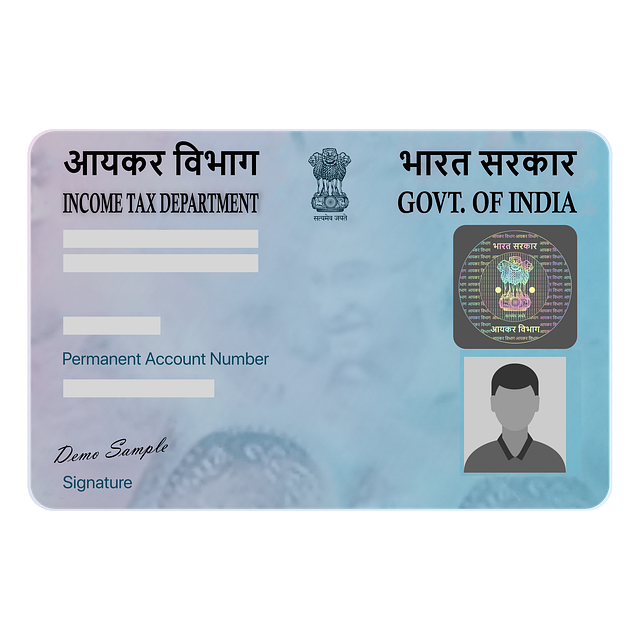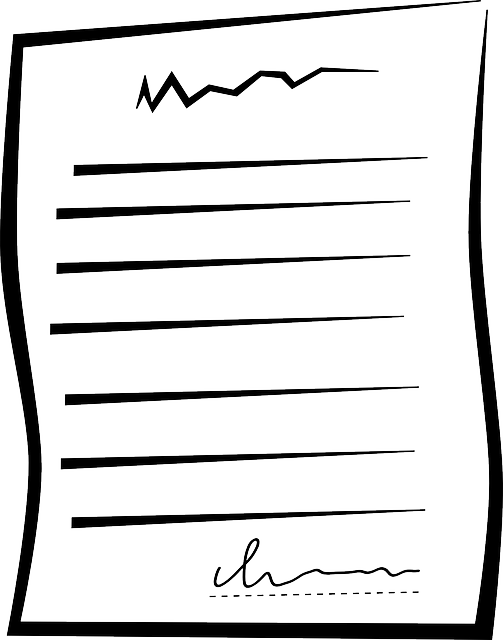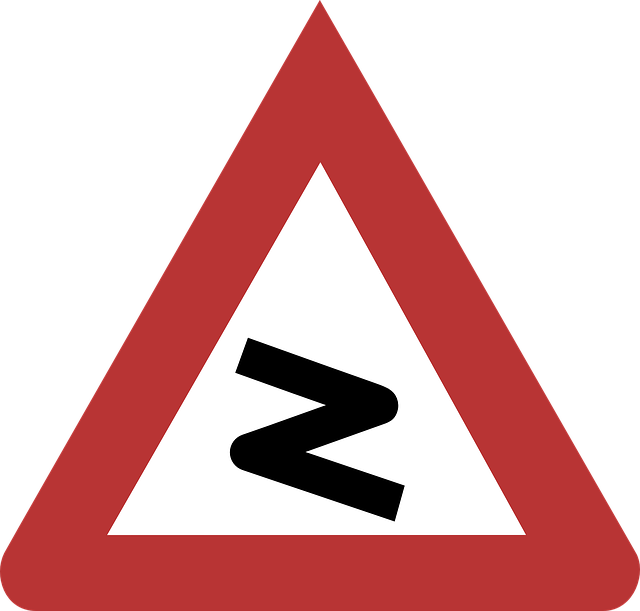Understanding UK regulatory documentation requirements is vital for accurate translations in fields like healthcare, finance, and pharmaceuticals. Professional translators specializing in this area ensure technical precision, capture legal terminology, and stay updated with legislative changes to meet compliance standards. Services should employ native speakers with domain knowledge, implement robust quality assurance processes, and leverage advanced machine translation tools while retaining human oversight for complex texts. Engaging such experts minimizes errors, avoids legal consequences, and guarantees reliable translations of UK regulatory documents.
In the dynamic landscape of global business, ensuring accuracy in UK regulatory document translations is paramount for compliance and legal integrity. This article delves into the intricacies of UK regulatory documentation requirements and highlights the crucial role of precise translation in navigating complex legal landscapes. We explore common challenges, best practices, technological advancements, legal implications, and strategies to maintain high standards in translation services for UK regulatory compliance documentation.
- Understanding UK Regulatory Documentation Requirements
- The Role of Accurate Translation in Compliance
- Common Challenges in Regulatory Document Translations
- Ensuring Quality: Best Practices for Translation Services
- Technology's Impact on Translation Accuracy
- Legal Implications of Inaccurate Translations
- Strategies for Maintaining High Translation Standards
Understanding UK Regulatory Documentation Requirements

Understanding UK Regulatory Documentation Requirements is paramount when seeking translation services for UK Regulatory Compliance Documentation. The United Kingdom’s regulatory landscape is intricate, with various sectors governed by distinct sets of rules and guidelines. These regulations often require precise and detailed documentation to ensure adherence to legal standards. Whether it’s in finance, healthcare, or any other industry, the need for accurate translations is evident.
Translation services tailored for UK regulatory compliance must not only convey the meaning of documents but also capture their technical precision. This involves a deep understanding of legal terminology and the ability to translate complex concepts accurately into the target language. Professional translators who specialize in this area stay abreast of legislative changes, ensuring that translated documents remain up-to-date and reliable.
The Role of Accurate Translation in Compliance

Accurate translation plays a pivotal role in ensuring UK regulatory compliance documentation is effective and reliable. In industries where precise communication is paramount, such as healthcare, finance, and pharmaceuticals, translating documents like user manuals, safety data sheets (SDS), and marketing materials requires not just linguistic proficiency but a deep understanding of the source material’s technical and legal nuances. Professional translation services specializing in UK regulatory compliance documentation are designed to deliver this level of expertise.
These services employ linguists with specialized knowledge of UK regulations and industry-specific terminology, minimizing the risk of errors that could lead to non-compliance. They also adhere to stringent quality assurance processes, including proofreading, editing, and revision checks, to guarantee accuracy and consistency across all translated documents. This meticulous approach is essential in preventing misunderstandings, legal complications, or safety hazards that could arise from even minor translation inaccuracies.
Common Challenges in Regulatory Document Translations

Regulatory document translations, especially in the UK, come with unique challenges due to the complex nature of legal terminology and the strict requirements set by various industries. One of the primary difficulties lies in maintaining technical precision while ensuring clarity for a non-specialist audience. Many regulatory texts incorporate intricate jargon and specialized terms, demanding translators with profound knowledge in relevant fields like finance, healthcare, or environmental science. A slight misinterpretation can lead to misunderstandings, legal complications, or even compliance failures.
Moreover, the UK’s diverse linguistic landscape adds another layer of complexity. Accurately translating documents into multiple languages while preserving cultural nuances and regulatory integrity is a significant task. Translation services for UK regulatory compliance documentation must employ native speakers with a deep understanding of both source and target languages to avoid subtle errors that might go unnoticed by non-experts. This meticulous approach guarantees that the translated documents remain legally sound and accessible across diverse linguistic communities.
Ensuring Quality: Best Practices for Translation Services

Ensuring Quality: Best Practices for Translation Services in UK Regulatory Compliance Documentation
In the realm of UK regulatory document translations, accuracy is paramount. Translation services specializing in this domain must adhere to stringent quality standards to ensure compliance and avoid potential legal pitfalls. The process begins with thorough understanding and expertise in both the source and target languages, as well as a deep knowledge of the specific regulations being addressed. Professional translators should be adept at navigating complex terminology and legal jargon, ensuring precise translations that capture all nuances.
Additionally, implementing robust quality assurance (QA) measures is essential. This includes multiple rounds of proofreading by expert linguists, use of specialized translation memory tools to maintain consistency, and adherence to industry standards like ISO 17100. Client feedback loops and regular updates on translation progress also contribute to maintaining high-quality outputs. For translation services catering to UK regulatory compliance documentation, these best practices are not just recommendations—they are critical steps towards achieving flawless translations that meet legal requirements.
Technology's Impact on Translation Accuracy

Technology has significantly enhanced the accuracy and efficiency of translation services, especially in the domain of UK regulatory compliance documentation. Advanced machine translation (MT) tools utilize neural networks and large language models to deliver highly precise translations. These technologies can process vast amounts of data, including industry-specific terminology, ensuring that technical documents remain accurate and consistent.
However, while technology provides a robust foundation, it’s not without its nuances. Human expertise remains indispensable for complex regulatory texts where context and subtle meaning are critical. Professional translators with domain knowledge in UK regulations ensure that technical accuracy and legal compliance are maintained, addressing the limitations of MT systems. Thus, combining technological advancements with human oversight guarantees the highest level of precision in translating UK regulatory documents.
Legal Implications of Inaccurate Translations

Inaccurate translations in the context of UK regulatory documentation can have severe legal implications, as they may lead to non-compliance with vital laws and regulations. When dealing with critical information such as product safety guidelines, pharmaceutical labels, or financial reports, even minor errors can result in significant consequences. Misinterpretations or misunderstandings caused by poor quality translations can expose businesses and individuals to potential risks, including fines, legal actions, and damage to their reputation.
The consequences may extend beyond the immediate issue of non-compliance. Inaccurate translations can impact the overall integrity of a document, leading to confusion in regulatory audits, delayed market access for products or services, and even severe health and safety hazards if instructions are misunderstood. Therefore, when seeking translation services for UK regulatory compliance documentation, it’s crucial to engage professional translators who understand the legal weight of their work and adhere to strict quality standards to ensure accuracy and consistency.
Strategies for Maintaining High Translation Standards

Maintaining high standards in UK regulatory document translations is paramount, especially given the precision and specificity required in such documentation. Translation services for UK Regulatory Compliance Documentation should employ several strategies to ensure accuracy. Firstly, using qualified and experienced translators who are native speakers of both the source and target languages is essential. These professionals not only grasp the nuances of language but also have a deep understanding of the regulatory context, minimising potential errors.
Additionally, implementing rigorous quality assurance processes is crucial. This includes multiple rounds of review by different experts to catch any missed details or conceptual errors. Memory tools and translation software can also enhance consistency across projects, ensuring that terminology and formatting remain accurate throughout. Regular training sessions on industry-specific terminology and updates in regulatory frameworks further bolster the service’s reliability.
When it comes to UK regulatory compliance documentation, accuracy is non-negotiable. As discussed, challenges like linguistic nuances and legal jargon can impact translations. However, by adopting best practices, leveraging technology, and staying informed about legal implications, translation services can ensure their work meets the highest standards. This approach not only fosters trust among stakeholders but also guarantees that regulatory documents effectively communicate critical information, ultimately facilitating smoother compliance processes in the dynamic UK landscape.
